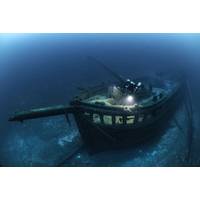
NOAA Awards $2.1 Million for Ocean Exploration Projects
over $2.1 million, the projects will explore the mesophotic coral ecosystems off the western coast of Puerto Rico, study the biodiversity of deep-pelagic crustaceans from the waters off Southern California, explore and document a collection of nationally significant shipwrecks in the deep waters of Lake Michigan’s Wisconsin Shipwreck Coast National Marine Sanctuary, and more.NOAA Ocean Exploration explores the ocean to help us as a society better understand what lives and lies in its great depths and how it supports and affects life on Earth. One of the tools used to do this is an annual competitive
New Under-ice Observing Capabilities Could Lead to New Discoveries in the Great Lakes
at NOAA’s Great Lakes Environmental Research Laboratory (GLERL) are already thinking about the ice that will form on the lakes this winter.This year, NOAA GLERL and a team of federal, university, and industry partners are conducting test deployments of an autonomous underwater vehicle (AUV) in Lake Michigan, with the ultimate goal of using it under lake ice during winter to collect ecological and water quality data. Observations of winter ecology are difficult to obtain compared to observations in the ice-free season, when most fieldwork takes place – which makes this hunt for winter data
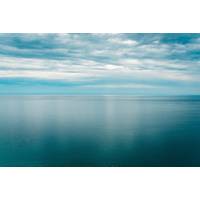
Research Buoys Deployed in Lake Michigan
Three research buoys have been placed in Lake Michigan for their first full season of data collection, plus a video feed of the lake’s surface.In an NMC-Michigan Technological University collaboration, the buoys were first placed last fall near North Manitou Island in Lake Michigan, near Greilickville in West Bay, and near East Bay Park in East Bay, the first ever on the east arm. Data collected will include water temperature at multiple depths, wind speed and direction and wave height and direction.“We have never had any measurements in East Grand Traverse Bay previously, and having three
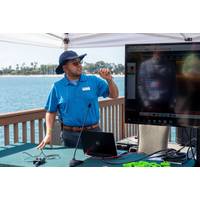
Teledyne Marine to Host First In-Person Tech Workshop since 2019
will host its first in-person workshop since 2019. This two-day event, branded as their “Teledyne Marine Workshop – Tech on the Lakes”, will take place on September 27-28, 2022 and will be co-hosted by Northwestern Michigan College's Marine Center, located in Traverse City on Lake Michigan.Teledyne Marine’s topic crew will provide technical and application training, as well as on-water demonstrations of an array of products from their vehicles, instruments, and imaging groups. Particular focus will be paid to inland water applications; however, presentations and technologies
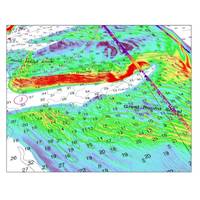
TCarta Delivers Satellite-Derived Bathymetry to NOAA
two U.S. shallow-water coastal areas.TCarta was the subcontractor on the prime contract awarded to Woolpert, an international geospatial firm headquartered in Dayton, Ohio.The NOAA pilot focused on two shallow-water regions that were 3,000 sq. km. in total area: one in the Green Bay area of western Lake Michigan and the other around Cape Cod and Nantucket Sound. Both areas experience natural forces that alter the underwater terrain faster than traditional bathymetric surveys can be completed.SDB is being considered as a fast and inexpensive alternative for such coastal zones. A primary advantage of SDB
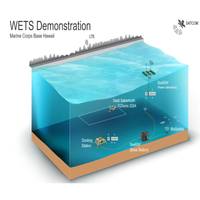
Seabed Power: Waves Used to Power Up Sabertooth Autonomous Vehicle
70,120 & 200 kHz Acoustic Zooplankton Fish Profiler.The 3000m rated Saab Seaeye Sabertooth is a roaming and hovering system that can operate in both fully autonomous (AUV) and tethered (ROV) modes,.Hibbard will deploy the Sabertooth for other significant projects this year including research at Lake Michigan by the National Oceanic and Atmospheric Administration (NOAA) concerning the invasive zebra mussel that adversely impacts the U.S. Great Lakes Region at a cost of $500million a year.The 3000m rated Saab Seaeye Sabertooth is the world’s only roaming and hovering multi-role vehicle that can

Revving Up a New ROV
Historical Society. She packed along bright yellow bags complete with Mylar clipboards used to sketch wrecks and measuring tapes that define watery archaeological sites. Kiefer wasn’t scuba diving for the day, so the group would explore via the ROV.Kiefer had also participated in the 2017 Lake Michigan Denis Sullivan excursion and was happy to reunite with Kurth and Nelson for the day’s quest for underwater treasures.“I learned a lot from the teachers on that cruise and I want to continue that learning,” Kiefer said. She said she was looking forward to seeing how the educators
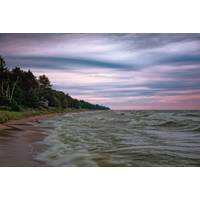
How Could a ‘Sand Motor’ Help the Great Lakes?
; Shea, a sophomore from Holmen, Wis., who is majoring in civil and environmental engineering, will present her findings at UW-Madison's Undergraduate Research Symposium on April 13. Major questions under consideration include whether a Dutch-style sand motor could work along Lake Michigan and what implementation challenges it might present. "It's a rough, theoretical, 'Is this worth looking into?' type of study," said Shea. While bluff erosion is a concern, lack of bluff erosion can also be problematic. "Using traditional gray seawalls and those kinds of
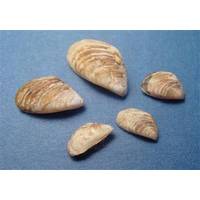
Tiny Quagga Mussels Have a Big Impact
Tiny quagga mussels have a big impact on Lake Michigan . . . and perhaps climate change. As prior researchers have demonstrated, Wisconsin Sea Grant researchers further confirm that the tiny quagga mussel has an outsize impact on Lake Michigan. What’s novel about the study team’s work is the exploration of the age-old biological truth: what goes in must come out. They found the invasive mussels’ sheer numbers and feeding efficiency are changing the lake’s ecosystem dynamics, and perhaps the climate, as well. Laodong Guo and his graduate student Stephen DeVilbiss


 February 2025
February 2025





